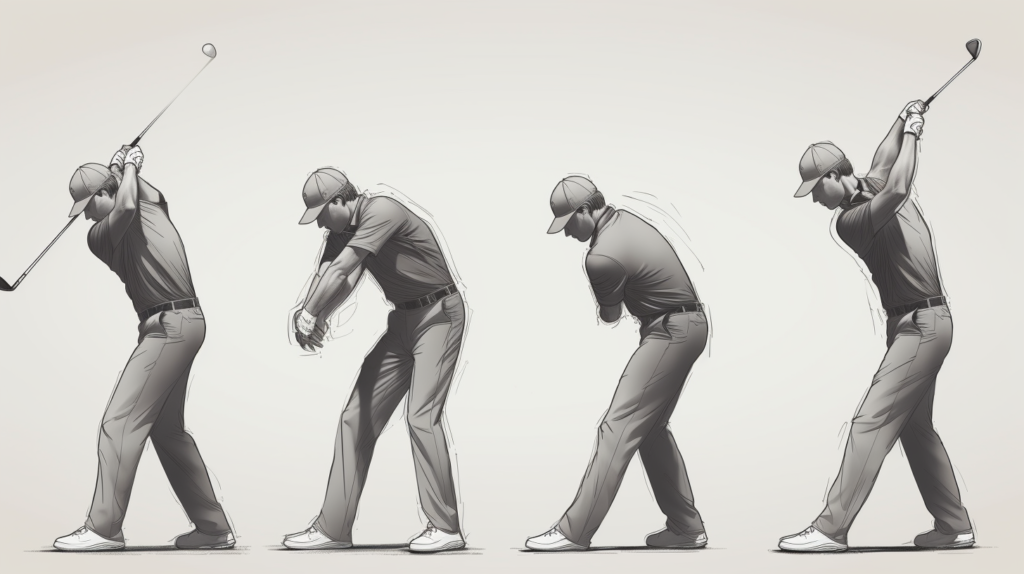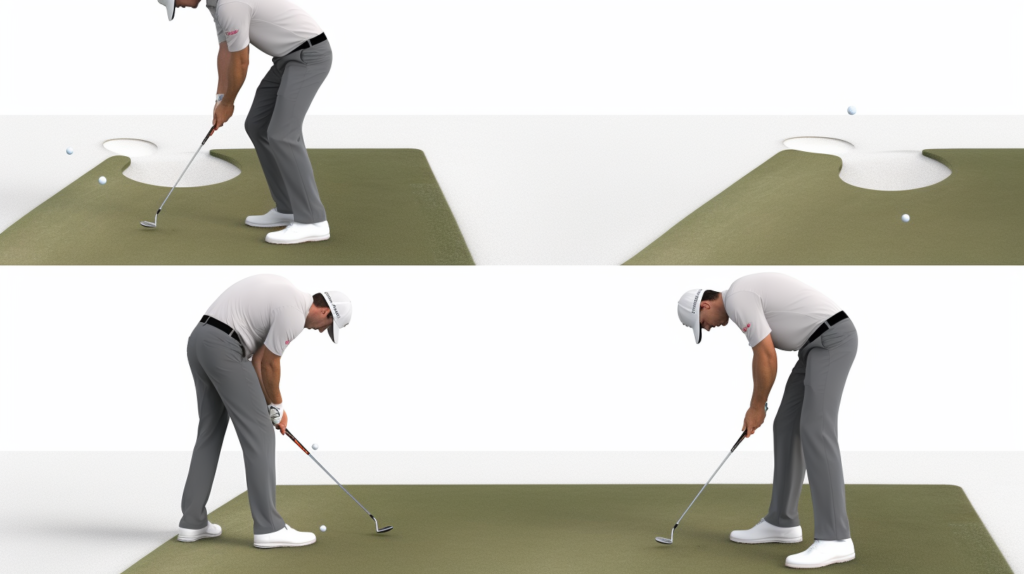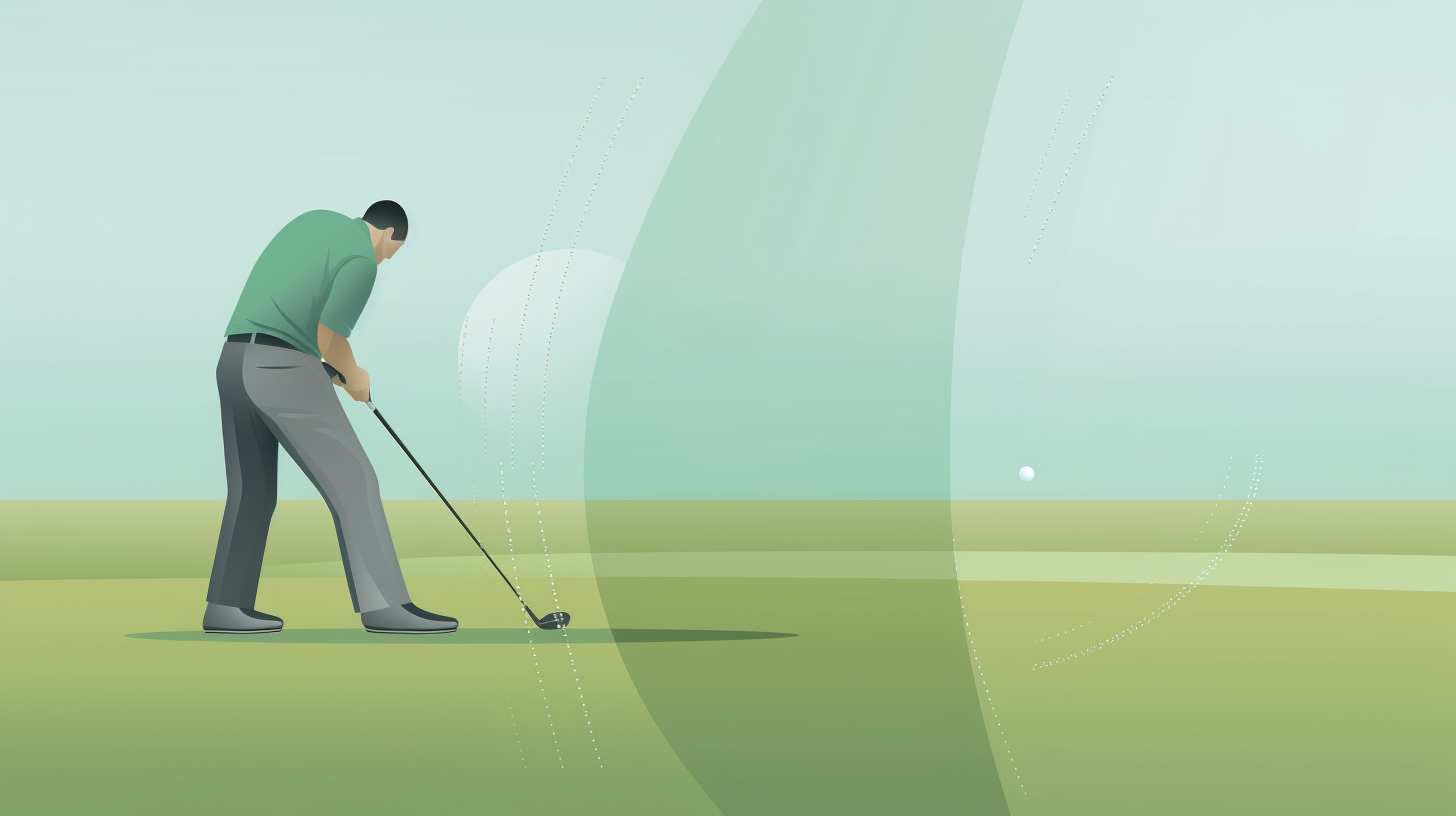Draining a 20 yard downhill chip-in for birdie elicits a special joy every golfer understands. But for most amateurs, executing precise short chips actually causes trepidation and fear around the greens.
By learning proper technique, troubleshooting mistakes, and honing motor memory through purposeful practice, any golfer can achieve consistent proximity and precision chipping the ball tight whenever called upon.
Let’s dive into ideal setup, efficient mechanics, common errors and overall execution to help you learn how to chip in golf with confidence.
1. Choose Your Chip Shot Club

When faced with a chip shot in golf, the first step is choosing the right club. There are several factors to consider when selecting your chip shot club. The distance to the hole is the primary determinant.
If you have a relatively short chip, select a lofted wedge such as an eight iron, pitching wedge or sand wedge depending on your personal distances. The more loft on the club, the higher and shorter your chip will travel.
For longer chip shots, opt for a less lofted club that will send the ball farther.
Also weigh the lie of your ball and any slope around the green. If you are chipping from an uphill or downhill lie, you may need more or less loft accordingly.
Pay attention to weather conditions too, especially wind. A club choice that flies precisely to the pin in calm conditions will likely miss short or long in gusty weather.
Carefully deliberate club selection based on distance along with lie, slope and weather influencing factors.
2. Set Up For The Chip Shot

Once you choose your chipping club, set up properly over the ball. As opposed to a full swing where your feet are shoulder width apart, stand with your feet closer together when chipping.
This narrower base of support promotes better balance and weight control through the short, compact stroke. Position the golf ball roughly opposite your left foot if you are right handed.
You can make minor adjustments from here depending on if you want a higher or lower trajectory on your chip.
With your Feet close and weight slightly favoring your lead side, take your grip on the club. For increased control on chip shots, grip down an inch or two from your usual full swing grip.
This lets you choke up and swing the club freely with your arms without the wrists breaking down. Check your posture to reinforce the correct spine angle and athletic stance rather than stooping or standing too tall.
Visualize the exact shot shape and distance outcome then commit to executing the proper stroke.
3. The Chip Swing

With thorough preparation of both equipment and address, you are ready to perform the chip shot. It should feel controlled and rhythmic.
Unlike a full swing where you coil back and then powerfully unwind, a chip shot features a smooth pendulum-like motion. Simply let the club “brush” under the ball, making clean contact to lift it easily into the air and towards your target.
Since you properly selected a lofted club and choked down on the grip, resist the urge to help get the ball airborne with your hands or wrists. Trust the lofted wedge to elevate the shot while you make effortless, coordinated contact.
Your wrists should remain passive. Swing in balance as you turn your body with legs firmly grounded, core engaged and hands working together to send the ball on its way.
Maintain a disciplined head position as well, with steady gaze on the ball and clubhead through impact. Extend your arms, shoulders and chest fully to allow an unrestricted release.
The optimal impact strikes ball then grass cleanly so the club can continue swinging freely on a short follow through. Strive to complete the motion facing squarely towards your target.
When executed properly, this efficient chipping method yields consistent proximity and precision.
4. Troubleshoot Common Issues

While basic chip shot technique may sound straightforward in theory, most golfers still struggle in practice. We will review some universal trouble areas and corrections.
One of the most annoying mis-hits comes when you make contact too far “under” the ball, with the leading edge of the wedge contacting the ground prematurely. This digs a divot right smack behind your golf ball, sending it rocketing across the green as a “bladed” thin shot.
To remedy this, you must adjust your ball position, weight shift or angle of approach. Set up with ball further back in your stance, closer to center than opposite the left foot.
Maintain weight predominantly on the lead side rather than hanging back. Try sweeping the club outward on a slightly ascended plane so you catch the ball cleanly.
These adaptations facilitate solid compression so you do not skull or thin the chip.
On the other end of the mishit spectrum, you might occasionally stub a “chunky” fat shot. In this case the sole of your wedge settles into the turf prematurely, contacting ground before ball.
Contributing factors include shifting weight back during the downswing rather than forward, allowing the club to dip. Dropping your posture can also encourage digging.
To avoid fat chips, concentrate on consistent ball-then-grass contact, maintaining optimal athletic posture and keeping body motion/weight forward to compress crisply against the back of the ball.
Besides individual mishits, lack of consistency troubles most players learning to chip. One day you float beautiful arcing shots stone dead by the hole, the next day the same type of shots skid through the green.
Band-aid fixes might mask symptoms for short stretches but do not solve root causes like poor fundamentals and technique. Work diligently on the basics outlined above: proper setup and posture, technical swing motion, compressing through impact and clean finishes.
Ingraining this procedural discipline is the only way to achieve reliable results over time.
5. Execute Effective Chip Shots

With preparation, process and adaptive troubleshooting covered, we will close discussing overall execution. Much surrounding context influences how you play a particular chip shot from creativity to agressiveness.
But ultimately you want to land the ball smoothly near your intended target. This requires visualizing the speed, arc and roll-out upon landing based on green conditions and contour.
Choose reference points to aim zones that gather by the hole or feed from afar.
Upon committing to the exact shot shape and landing area after thorough visualization, boldly commit to matching execution. Pull the trigger with no hesitation or restraint.
Even when facing a very delicate pitch over a ridge or bunker onto a tight pin, refrain from guiding or steering the ball. Trust your motor learning allowing athletic instincts and muscle memory to shine.
Consistent setup, motion and strike will take care of proper ball flight characteristics. Simply get the speed and line tight to control proximity.
Do not completely transform technique when faced with different lies, slopes or distances. Keep the fundamentals of a quiet lower body, smooth pendulum motion and full release intact.
Then modify clubface alignment and swingpath variably to shape trajectory appropriately. Maintain this blueprint to ingrain one repeatable, reliable motion adapted for any situation.
Get support from your playing partners, coaches or golf professionals to elevate competency chipping in all environments.
The joy of golf means always learning as you continually refine skills over the years. Frustrations certainly happen but by sticking to a strong foundation even in failures, gratifying success manifests.
Chip shot technique embodies core themes like preparation, process, adaptability, trust and commitment. The lessons beyond performance offer life learning for greater growth and fulfillment on and off the golf course.
Conclusion
Whether you are a tour pro or weekend hacker, crisp chipping translates to lower scores. Mastering proper setup, swing mechanics and adaptive technique leads to consistency inside 100 yards.
Study the methodology then implement deliberate reps with a purpose. Track measurable progress over time to reinforce competency from all lies.
Soon you will hole out regularly, saving strokes while gaining confidence with the flatstick. Now grab a wedge and take your short game to the next level through purposeful chipping practice.



